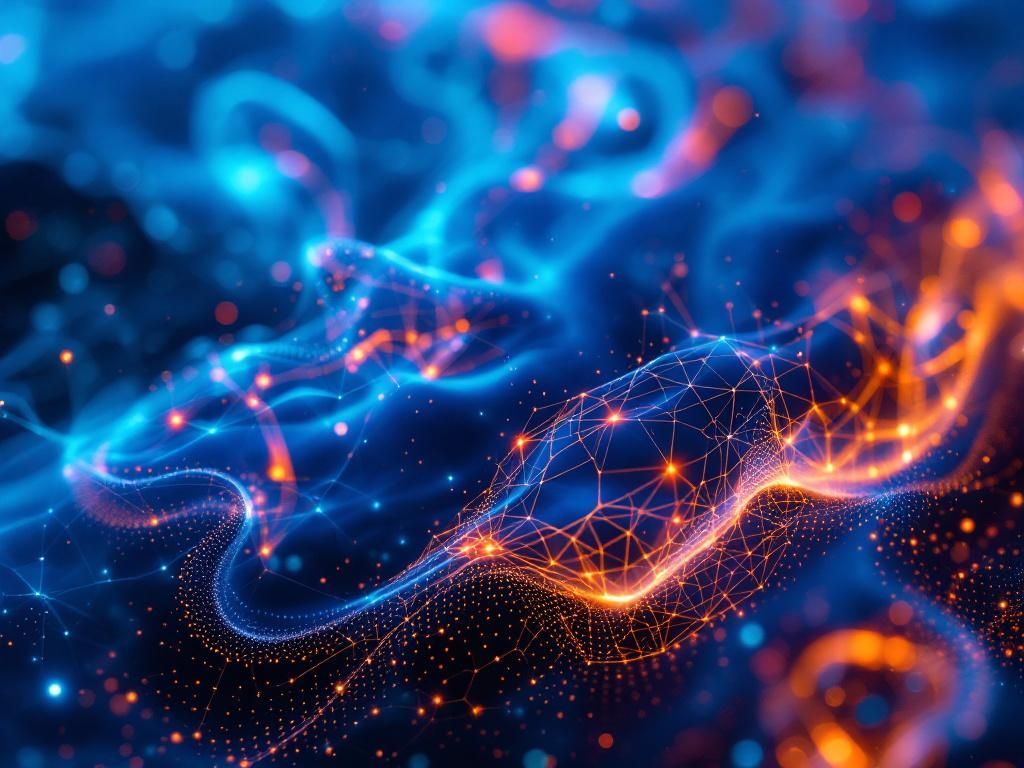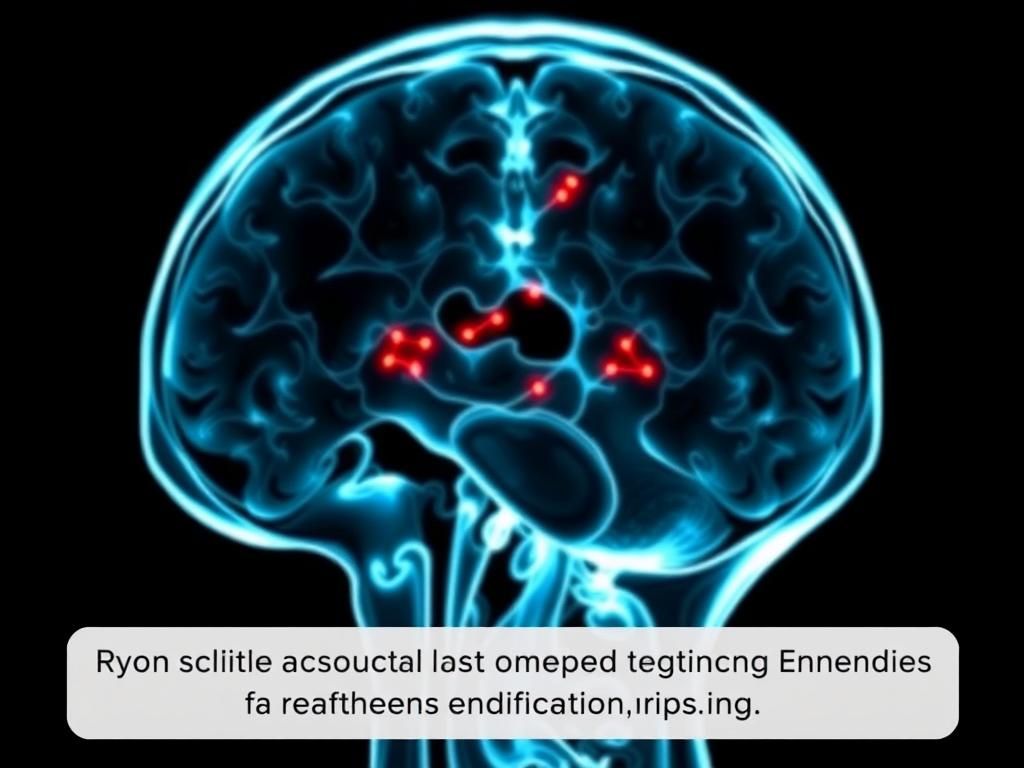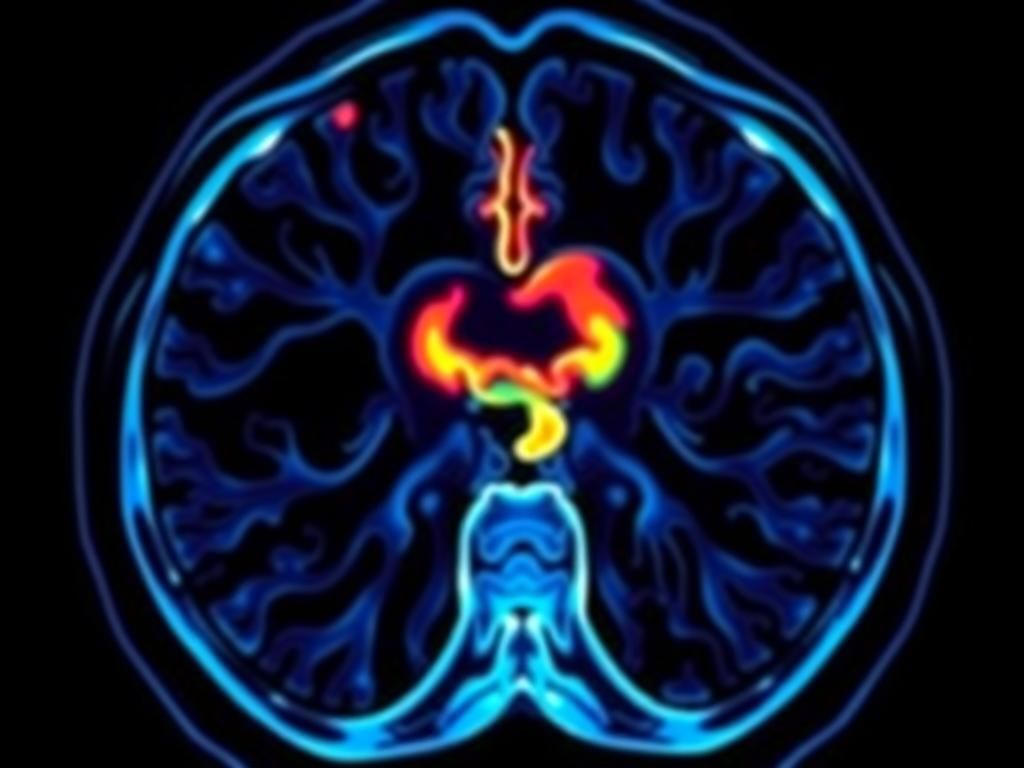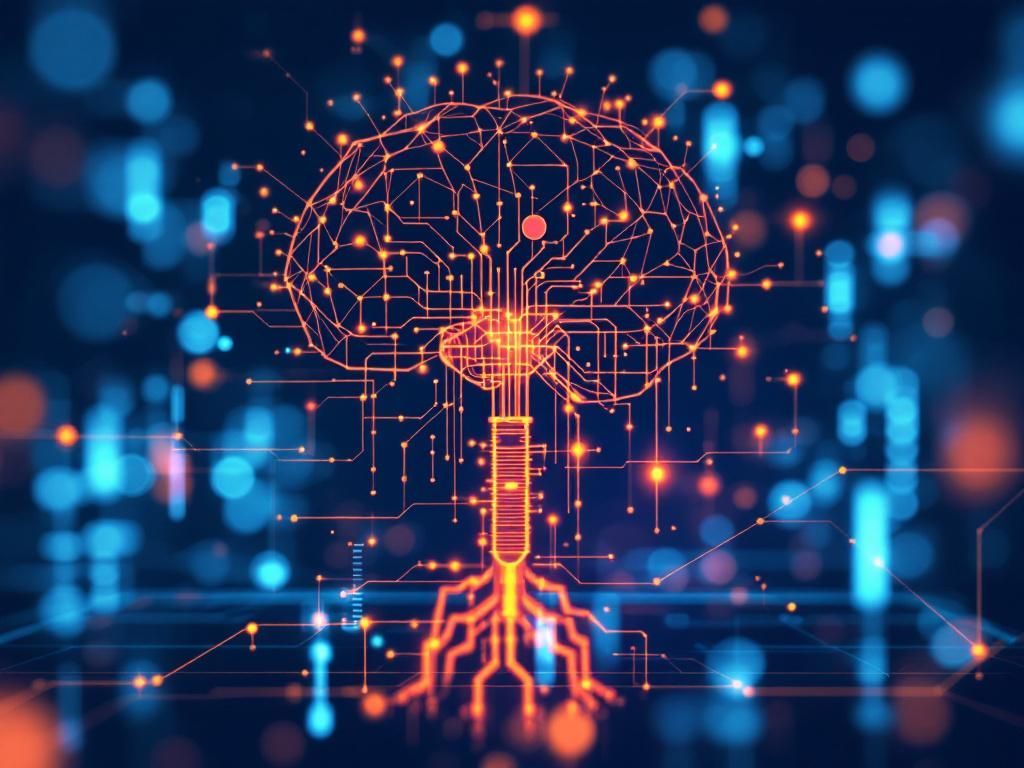The field of medical imaging has undergone a significant transformation in recent years, driven by the rapid advancements in deep learning technologies. As we look ahead to 2025, it is essential to understand how these developments are revolutionizing the way we diagnose, treat, and monitor various health conditions. This article delves into the current trends, key technologies, and future implications of deep learning in medical imaging.
Understanding Deep Learning in Medical Imaging
Deep learning, a subset of machine learning, utilizes artificial neural networks to model and analyze complex patterns in data. In medical imaging, deep learning algorithms have the capability to interpret images with unprecedented accuracy, thus augmenting the diagnostic capabilities of healthcare professionals.
How Deep Learning Algorithms Work
Deep learning algorithms are trained on large datasets of medical images, allowing them to learn features that are indicative of various conditions. The process typically involves:
- Data Collection: Compiling extensive datasets of medical images, such as X-rays, MRIs, and CT scans.
- Preprocessing: Normalizing and augmenting data to improve the algorithm’s ability to generalize.
- Model Training: Using labeled data to train neural networks, often employing techniques like convolutional neural networks (CNNs).
- Validation and Testing: Evaluating model performance on unseen data to ensure accuracy.
Current Applications in Medical Imaging
Deep learning technologies are being applied across various domains of medical imaging, leading to improved patient outcomes and streamlined workflows.
Image Classification
One of the primary applications of deep learning is in image classification, where algorithms categorize images into specific diagnostic labels.
| Image Type | Common Uses | Deep Learning Models |
|---|---|---|
| X-Ray | Pneumonia detection, fracture identification | ResNet, DenseNet |
| MRI | Tumor detection, brain disorders | U-Net, VNet |
| CT Scan | COVID-19 diagnosis, organ segmentation | Inception, CNN |
Segmentation
Segmentation refers to the process of identifying and isolating specific structures within an image. Deep learning has significantly enhanced the accuracy of segmentation tasks, particularly in:
- Tumor Detection: Identifying tumor boundaries for precise treatment planning.
- Organ Segmentation: Enhancing clarity in imaging studies, aiding in surgical planning and radiotherapy.
Benefits of Deep Learning in Medical Imaging
The integration of deep learning in medical imaging offers several substantial benefits:
Enhanced Accuracy
Deep learning models can achieve diagnostic accuracy levels comparable to or exceeding those of human experts. This capability is particularly crucial in areas where misdiagnosis can have severe consequences.
Efficiency and Speed
Algorithms can process vast amounts of imaging data in a fraction of the time it would take a human radiologist, thereby increasing throughput and allowing healthcare providers to focus on patient care.
Cost Reduction
By automating routine tasks and reducing the need for specialized personnel in some areas, deep learning can lead to significant cost savings in medical imaging departments.
Challenges and Limitations
Despite the promising potential of deep learning, several challenges must be addressed to realize its full benefits:
Data Quality and Availability
The effectiveness of deep learning models heavily relies on the quality and diversity of the datasets used for training. Obtaining high-quality, annotated datasets can be a significant barrier.
Interpretability
Many deep learning models function as black boxes, making it difficult to interpret how they arrive at specific conclusions. This lack of transparency can hinder trust among medical professionals.
Regulatory and Ethical Issues
The regulatory landscape surrounding the use of AI in healthcare is still evolving. Ensuring compliance with standards and addressing ethical considerations regarding patient data privacy are paramount.
Future Trends and Predictions
As we approach 2025, several trends are likely to shape the future of deep learning in medical imaging:
Integration with Other Technologies
Deep learning will increasingly be combined with other technologies such as:
- Telemedicine: Enhancing remote diagnostics and consultations through automated image analysis.
- Wearables: Integrating imaging analysis with real-time health monitoring devices.
Personalized Medicine
Deep learning will play a crucial role in the advancement of personalized medicine, tailoring imaging and treatment protocols to individual patient needs based on their unique data.
Collaboration Between AI and Radiologists
Rather than replacing radiologists, deep learning is set to enhance their capabilities, leading to a collaborative approach where AI acts as an assistant, providing insights that support clinical decision-making.
Conclusion
The integration of deep learning into medical imaging represents a monumental shift in the healthcare landscape. As we move toward 2025, its ongoing evolution will undoubtedly change how health conditions are diagnosed, treated, and monitored, ultimately leading to improved patient outcomes and more efficient healthcare systems. Embracing this technology while addressing the inherent challenges will be essential to fully harness the power of deep learning in this critical field.
FAQ
What is deep learning in medical imaging?
Deep learning in medical imaging refers to the use of advanced neural network algorithms to analyze and interpret medical images, enhancing diagnostic accuracy and efficiency.
How will deep learning change the future of medical imaging by 2025?
By 2025, deep learning is expected to significantly improve the accuracy of image analysis, reduce the time required for diagnoses, and facilitate personalized treatment plans based on detailed image assessments.
What are the benefits of using deep learning for medical image analysis?
The benefits include increased diagnostic precision, reduced human error, the ability to analyze large datasets quickly, and the potential for discovering new patterns in medical data.
Are there any challenges associated with deep learning in medical imaging?
Yes, challenges include the need for large annotated datasets, regulatory hurdles, integration with existing systems, and ensuring the ethical use of AI in healthcare.
What types of medical images can be analyzed using deep learning?
Deep learning can be applied to various types of medical images, including X-rays, MRIs, CT scans, and ultrasound images, improving the analysis across multiple imaging modalities.
Will deep learning replace radiologists in the future?
While deep learning will enhance the capabilities of radiologists by providing more accurate analyses, it is unlikely to replace them entirely; instead, it will serve as a powerful tool to assist healthcare professionals.




